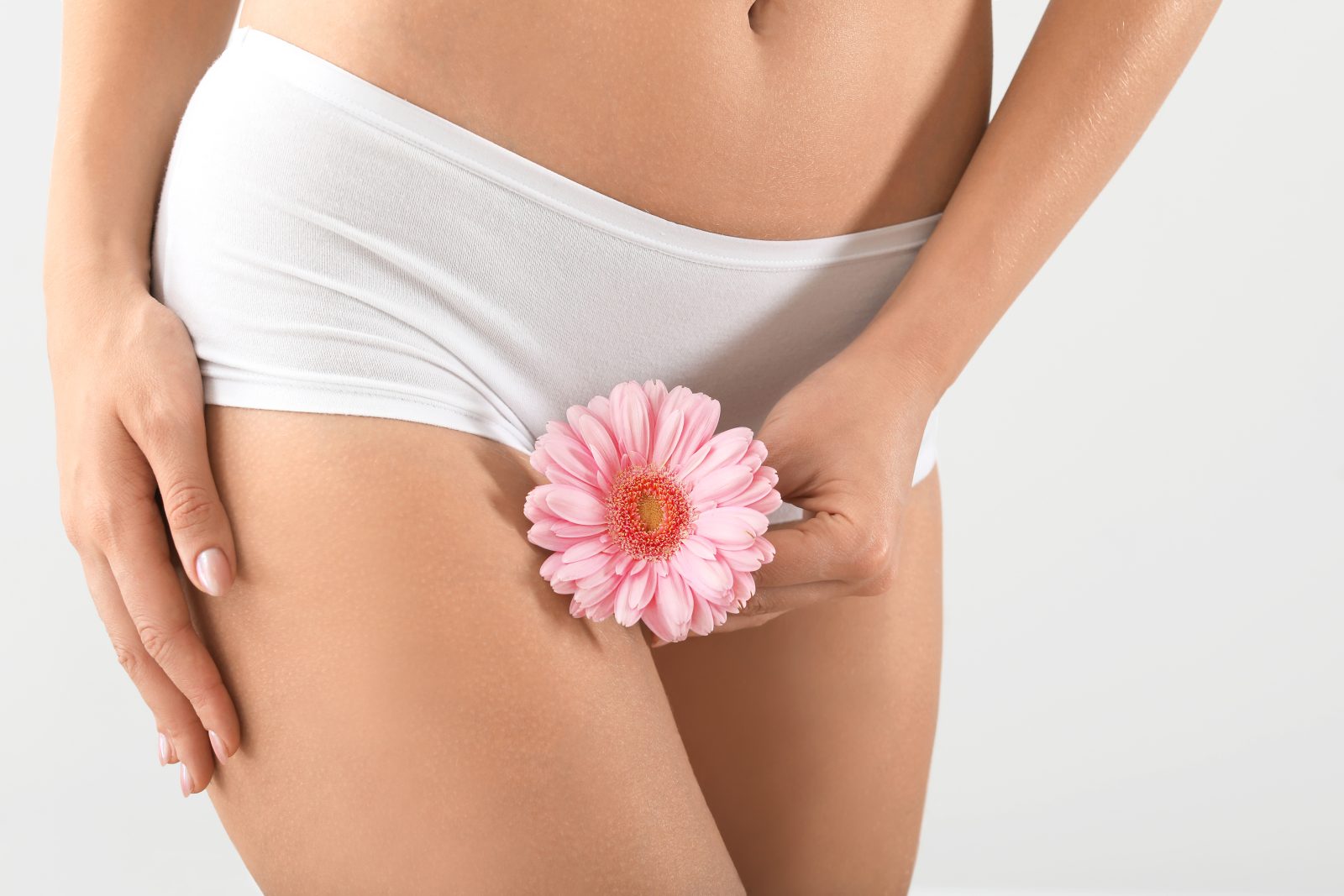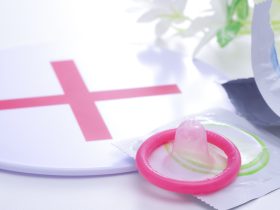Maintaining vaginal health is a crucial aspect of overall well-being for individuals of all ages. One common concern that many people encounter is the possibility of vaginal cuts, which can lead to discomfort, pain, and even potential infections. Understanding the factors that contribute to these cuts and learning how to prevent them is essential for ensuring a comfortable and healthy vaginal experience.
In this guide, let’s explore effective strategies and practices to help you avoid vaginal cuts, promote vaginal health, and enhance your overall quality of life. By implementing these recommendations, you can take proactive steps toward preventing vaginal cuts and enjoying a more confident and comfortable lifestyle.
Understanding vaginal health
Maintaining good vaginal health is fundamental to preventing cuts and discomfort. The vaginal area is delicate and sensitive, making it susceptible to irritation and injury. Understanding how to care for this area properly is crucial.
According to Grace Evins, MD, a gynecologist at Live Well in WNC in Asheville, North Carolina, “Vaginal cuts are relatively common, even in women who don’t have any underlying abnormality.”
According to research by UW Medicine, small vaginal tears or cuts are most frequently caused by penetration during intercourse.
Thankfully, most vaginal cuts aren’t life-threatening. UW Medicine advises against going to the doctor if the problem seems superficial and you know the source. However, this should not lead you to treat them lightly. An uncomfortable sexual experience and a general decline in well-being might result from vaginal wounds.
Why do women have vaginal cuts?
During arousal, the vagina secretes secretions that serve to lubricate the area, protecting it from irritation and damage caused by excessive friction during sexual activity. However, the amount of natural lubrication your body produces is highly susceptible to a wide range of external factors. Tearing can happen if the body doesn’t produce enough moisture on its own.
Dryness in the vaginal area contributes to the problem by increasing friction, which is the primary cause of vaginal rips and abrasions, according to Dr. Evins.
Factors can also contribute to vaginal dryness
1. Menopause
The vagina contains built-in protection mechanisms to keep it safe from harm. Evins explains that there are several variables that make the environment of the skin and vaginal mucosa more resilient and less sensitive to harm in premenopausal women.
She explains that estrogen’s effect on blood flow increases vaginal moisture. The hormone also aids in keeping the vaginal lining at a healthy thickness and the surrounding tissue supple and elastic.
Evins explains that vaginal cuts are more common in postmenopausal women because their estrogen levels are reduced, which can lead to the vaginal walls becoming thinner, drier, and inflamed.
2. Lack of sexual anticipation
Vaginal fluids are secreted as a result of emotional stimulation. Foreplay is important because it gives your body time to produce natural lubricant, which can make penetration more comfortable and less likely to result in ripping, but if you don’t do it, you run the risk of injury.
3. Background of abuse
According to the Sexual Medicine Society of North America, a history of sexual abuse can impair a woman’s relationship to sex, which may lead to vaginal dryness.
Abuse can interfere with a woman’s arousal and lubrication phases of the sexual response. Women who have experienced more unpleasant than pleasant sexual interactions in the past are more likely to suffer from dryness, according to Evins.
A woman’s body may develop defense mechanisms to protect itself from more suffering if she has had a series of traumatic or unpleasant sex experiences in the past, she explains.
Women may intentionally tighten their strong pelvic muscles, reducing the vagina’s opening and increasing the amount of resistance to insertion, in an effort to avoid an unpleasant experience. According to Evins, “vaginismus” is another name for this type of spasm.
4. Abdominal muscles
Less blood is able to reach the vagina and vulvar tissues when the pelvic floor muscles are tight or hyperactive. Physical therapist Ashley Rawlins, DPT, who specializes in pelvic and obstetric health at Origin Physical Therapy in Dallas, explains that this has a negative effect on vaginal tissue health, making it more likely to be thin and dry.
Dr. Rawlins points out that issues with the pelvic floor can also make it difficult to penetrate. She warns that an increased risk of harm might occur if the pelvic floor muscles surrounding the vaginal opening do not release, relax, and open for entry.
5. Alternate reasons for vaginal tears
It’s not uncommon for sex toys to be manufactured from harsh materials or to have rough or jagged edges that might cause skin irritation. Rawlins believes that even a tampon can elicit little tears if it scrapes against you incorrectly.
In what ways might genital cuts be avoided?
Since vaginal dryness is often to blame, the solution often lies in making the vagina more wet during sexual activity. The following are some approaches to take:
1. Sexual positions
According to Evins, certain sex positions increase the risk of vaginal cuts or painful friction, especially when penetration is involved. To prevent vaginal cuts, she recommends “trying positions that allow women more control.”
2. Vaginal estrogen
Women who experience vaginal dryness after menopause may benefit from a vaginal estradiol product, which can be discussed with a healthcare physician. The medicine, which is only accessible with a doctor’s prescription, is available in a variety of delivery systems, including creams, tablets, and vaginal suppositories, explains Evins.
3. Greater tease
According to Evins, foreplay can help prevent vaginal wounds by increasing moisture in the area. The vagina has more time (and desire) to self-lubricate when foreplay is amplified.
4. Lubricants
Rawlins claims that lubricant is an essential instrument for every kind of penetration. These items have developed significantly. She argues that “the days of having only two choices are long gone.”
5. Lubricants based on water
According to Rawlins, water-based lubes dominate the market. There are significant changes across products, so it’s essential to read labels, she warns.
Make sure the lube you’re considering doesn’t have any of the following irritants before you buy it: paraffin, propylene glycol, glycerin, petroleum, or petroleum-based compounds. Rawlins warns that “these can increase the risk for irritation, bacterial overgrowth, and even infection,” all of which can further compromise skin health.
Avoid scented and flavored lubes as well as those that “heat” things up, as Rawlins advises. This may aggravate existing dry or sensitive mucosal tissue.
The University of Texas at Austin’s University Health Services warns that sugar in flavored lubes can lead to yeast infections.
6. Essential oils
Rawlins explains that some ladies prefer using natural oils like olive oil and coconut oil. The University of Texas at Austin Health Services warns that oils can weaken condoms and leave stains on clothing.
7. Lubricants made with silicone
They stay longer than water-based lubricants, which is one reason why these lubes are so popular, according to Rawlins.
She warns that silicone-based lubes can degrade silicone, which can lead to microscopic cracks in silicone sex toys and vibrators. Rawlins warns that this can lead to bacterial development, which could spread if you or your spouse use the item again.
Rawlins suggests experimenting with several lubricants until you find one that works for you. ” Everyone has their own style. Just because your friend likes something doesn’t mean it’s good for you.
8. Massage therapy
If your doctor determines that the pelvic floor muscles are overactive and the cause of your vaginal cuts, seeing a physical therapist who specializes in pelvic floor issues may be helpful.
9. Trimmed nails
Keep your nails well-trimmed and filed to prevent accidental scratching or cuts, especially during intimate activities or when inserting tampons.
10. Safe sex
When engaging in sexual activity, use condoms to reduce the risk of friction-related injuries and potential infections. Condoms also act as a barrier against sexually transmitted infections (STIs).
11. Communication
Openly communicate with your partner about any discomfort or pain during sexual activities. This can help adjust movements and positions to avoid unnecessary friction.
12. Proper hygiene
Practice good hygiene by washing the genital area with mild soap and water. Avoid using harsh products that could cause irritation or dryness.
13. Appropriate clothing
Choose underwear and clothing made from breathable materials like cotton to reduce friction and irritation in the vaginal area.
14. Stay hydrated
Drink plenty of water to maintain overall body hydration, which can contribute to better vaginal health.
15. Avoid harmful products
Avoid using perfumed products, douches, or scented feminine hygiene products, as they can disrupt the natural pH balance of the vagina and potentially lead to irritation or cuts.
16. Health checkups
Regularly visit your healthcare provider for gynecological checkups and screenings. Discuss any concerns you may have about vaginal health.
17. Tampon and menstrual cup use
If using tampons or menstrual cups, ensure proper insertion and removal techniques to avoid discomfort and potential cuts. Follow the instructions provided by the manufacturer.
18. Stay educated
Educate yourself about vaginal health and hygiene through reliable sources. This can help you make informed decisions and adopt practices that promote well-being.
Remember that everyone’s body is different, so what works for one person might not work for another. If you experience persistent discomfort, pain, or unusual symptoms in the vaginal area, it’s important to consult a healthcare professional for proper diagnosis and guidance.
Taking care of your vaginal health and preventing cuts involves a combination of practicing good hygiene, maintaining proper lubrication, communicating with your partner, and being mindful of your activities. By following these guidelines, you can minimize the risk of vaginal cuts and discomfort, promoting a healthy and comfortable experience.
Remember that regular checkups with a healthcare provider and staying informed about vaginal health are essential for overall well-being. If you ever encounter persistent issues or concerns, seeking professional medical advice is recommended to ensure a proper diagnosis and appropriate treatment. Your well-being is important, so prioritize self-care and informed choices for a healthy and happy vaginal experience.
















Find Us on Socials